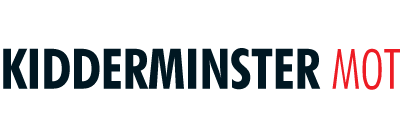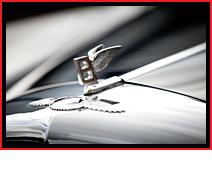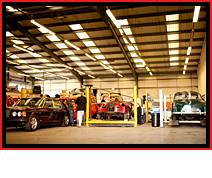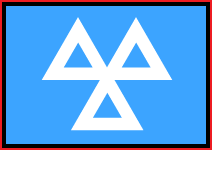MOT Test Checks
What MOT test checks are include?
The MOT test is carried out to DVSA guidelines and includes a comprehensive inspection of the vehicle to ensure it is in a roadworthy condition.
The nominated tester in centre will check the following components to ensure each meets the minimum standard set out by the DVSA before issuing an MOT certificate.
Vehicle Identification Number
The MOT test checks that the Vehicle Identification Number, commonly referred to as the VIN, is present and legibly displayed on the vehicle. The VIN is a unique code including a serial number that is stamped on the vehicle. The location of the VIN varies from one vehicle manufacturer to the next.
Registration plate
The MOT tester will check the condition, security, legibility and the format of letters and numbers on your registration plate. The spacing and lettering on the number plate must meet current regulations and should not be altered in any way.
Lights
The MOT test checks the condition, operation, security and colour of your vehicles lights. The test will also check to see if the headlamp aim is correct.
Steering and suspension
The MOT tester will also check the steering and suspension components for correct condition and that the operation is correct.
Wipers and washer bottle
During the MOT the tester will check your vehicle’s wipers and washers ensuring they operate properly and give the driver a clear view of the road.
Windscreen
During the MOT the tester will check your vehicle’s windscreen for any chips or cracks. The maximum damage size is 10mm in the drivers’ line of vision or 40mm elsewhere in the remaining area swept by the wiper blades.
Horn
The MOT test will cover the horn’s operation for effectiveness and suitability.
Seatbelts
All seatbelts including those in the rear of the vehicle are checked for type, condition, correct operation and security and that all compulsory seatbelts are in place.
Seats
Your vehicle’s front seats are checked for security during the MOT test.
Fuel system
The fuel system is checked during the MOT test for leaks and that the fuel cap fastens and seals securely.
Emissions
The MOT test checks your exhaust emissions, ensuring that the vehicle is within the specified guidelines and that the exhaust is complete, secure, without serious leaks and silences effectively.
Bodywork
Vehicle structure and body shell are checked during the MOT test for excessive corrosion or damage in specific areas of the vehicle. Any sharp edge can result in an MOT failure.
Doors
The MOT tester will check that the doors open and close correctly and that the latch is secure in a closed position. Front doors should open from both the inside and outside of the vehicle. Rear doors may need to be opened to gain access to testable items like rear seatbelts.
Mirrors
The mirrors on your vehicle are checked during the MOT test for condition and security.
Wheels and tyres
The nominated MOT tester will check the vehicle’s wheels and tyres for a number of key points: the condition, security, tyre size and type and tread depth.
Brakes
The MOT tests the efficiency of the vehicle’s braking performance, condition and operation. Most vehicles are tested on a roller brake tester.
For more information about MOTs and the checks carried out as part of the MOT test, Please visit the GOV.UK website
Address
Building 329, Unit 1
Rushock Trading Estate
Rushock,
Nr Kidderminster
Worcestershire.
WR9 0NR
Company No. - 01618612
VAT No. - 488 266593
Contact Us
General Enquiries:
Phone: Tel: 01299 251628
Email: info@kidderminstermot.co.uk
Our Opening Hours
Monday to Thursday:
8:00am – 5:00pm
Friday:
8.00am – 4.00pm





